 Abraham Lincoln
If given the truth, the people can be depended upon to meet any national crisis...
Abraham Lincoln
If given the truth, the people can be depended upon to meet any national crisis...
 Guildford news...
for Guildford people, brought to you by Guildford reporters - Guildford's own news service
Guildford news...
for Guildford people, brought to you by Guildford reporters - Guildford's own news service
Birdwatcher’s Diary No.253
Published on: 24 Apr, 2022
Updated on: 24 Apr, 2022
By Malcolm Fincham
April started on a rather cool theme temperatures were remaining below our seasonal norm throughout southern counties of the UK.
Single figure temperatures, sunny periods and even a few overnight frosts showed a similar likeness to how the previous few springs had begun. Any signs of global warming, apart from an unseasonally dry start to the month, certainly didn’t appear to be affecting southern regions of the UK?
A return visit to Tice’s Meadow in Tongham on April 2 gave me the opportunity to see three little ringed plovers, which had recently arrived. They are one of the first of the true summer visitors I most often get to see.
Very little in the way of hirundines were being reported during the first week or so of April. This, as last year, was becoming of increased concern to me.
Exotic in name although resident by nature, Egyptian geese are continuing to increase in numbers throughout southern counties of the UK, with several pairs breeding locally.
At the Riverside Nature Reserve, near Burpham I was able to locate and photograph my first summer visiting sedge warbler of the year.
This was on April 3. It could be viewed at the same location I saw and photographed my first one, last year. Having been first reported just the previous day, it could already be heard in song across the river as it skulked among the brambles on the opposite bank.
Butterflies remained thin on the ground with no additions to my sightings this year during the first week of the month. However, small tortoiseshells were the most common of those sighted.
It wasn’t until the second week of the month that things started to liven up a little.
A few blackcaps could now be regularly heard singing and competing with the still singing chiffchaffs.
Dunnocks were some of the most vocal of the birds that could now be heard on my local walks.
And every so often a wren would perch up in the undergrowth, stick its tail into the air, and sing a rendition (or wren-dition) of its call.
My first sighting of a group of 13 mallard duck chicks were also present, drifting loosely along the river with their mum trying not too successfully to keep them in a contained group.
On April 8 I saw my first swallows of the year. Five could be viewed at the sewage works by Stoke Lock.
A few reed buntings in summer plumage had made their return to the boardwalk area.
By April 10 three broods of mallard chicks could be seen on Britten’s Pond.
Grey herons could occasionally be viewed, perched up among the fresh green leaves of the weeping willows on the islands there.
Grey wagtails flitted to and fro in their undulated flight, island hopping.
Despite all attempts to ward them off with glistening props, cormorants continued to fish the waters.
Always a welcome visitor to my eyes was the occasional sighting of a kingfisher.
On the far bank of the pond a pair of blue tits could be seen visiting a hole high up in an oak tree.
Several male blackcaps were now singing their heart’s out, while the females could often be heard making their ‘ticking’ sounds. Occasionally glimpsed among the brambles.
For the first time in recent years I was able to pick out and photo a pair of reed buntings at the pond.
Nuthatches continued to be vocal, especially among the trees that lined the railway embankment.
A few carp could occasionally be seen breaching the water. These would always set me a personal challenge in my attempts to photograph one.
Red kites continued to be a common sight as they glided gracefully overhead.
While a pair of common buzzards could often be viewed from any one of the chosen benches on the circular walk around the pond.
By the second week of the month a few summer visiting common whitethroats had at long last made an appearance on local heathlands.
A few reptiles had begun to awaken. Even seeing my first slow worms of the year.
While Surrey’s Dartford warblers appeared to be in good health, and in good numbers.
By the second week of April concerns and speculation were progressively growing of the whereabouts of “King Colin” the infamous cuckoo. And whether indeed he would complete another year of its epic returns from another winter in Africa.
Less than 10 years is thought to be the average lifespan of a UK visiting common cuckoo. And with Colin now in at least his eighth year, speculations were surmounting.
He had arrived back at the “parish field” on Thursley Common on April 4 last year, so concerns were increasing with each passing day.
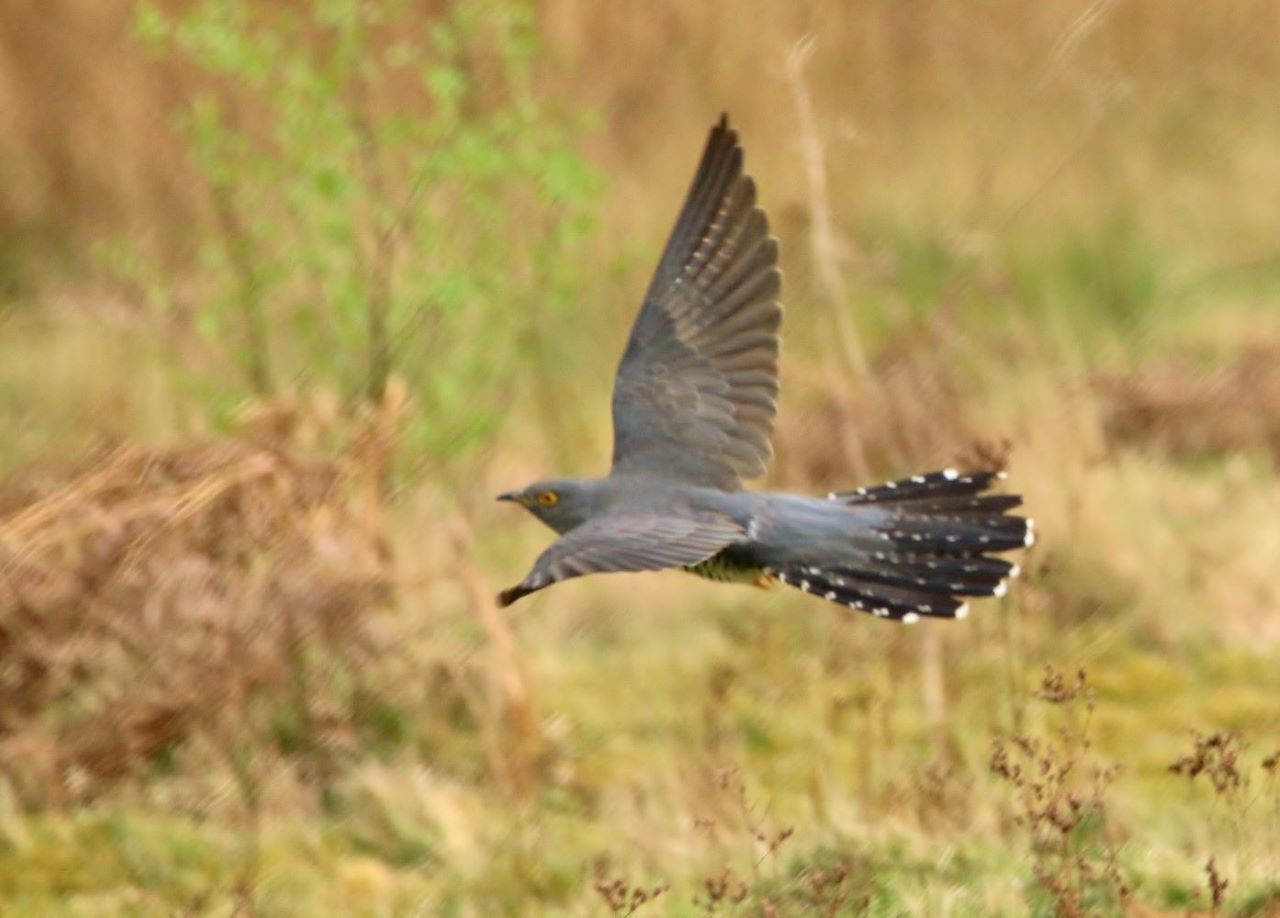 In true showman style, however, on April 14 he had once again returned to let his presence be known, dipping a wing as he flew past. If he had been wearing a cap, I’m sure he would have ‘doffed’ it.
In true showman style, however, on April 14 he had once again returned to let his presence be known, dipping a wing as he flew past. If he had been wearing a cap, I’m sure he would have ‘doffed’ it.
Having followed his fame since its infancy, and although highly controversial, I did wonder if the photo I took of a juvenile cuckoo in August 2013 could have been a very young Colin?
Undoubtedly one for the “fact-checkers” to dismiss!
Most incredible to me, and undisputed in their facts are the amazing wonders of nature. How a young cuckoo, not even aware of its parentage, can instinctively know where to migrate to during its winter. And know exactly where to return and all without a sat-nav.
The doors to summer had well and truly opened by April 15 weather-wise, as sunny periods and dry days continued with temperatures reaching a seasonal norm of around 20c.
A few more species of butterflies were adding to my year’s sightings.
Having unsuccessfully chased numerous holy blue butterflies about during the past week, I finally pinned one down to photograph.
Orange tip butterflies were now commonly sighted at the Riverside Nature Reserve, especially in areas where one of their favoured food plants, the cuckoo flower, grows.
Another butterfly species to add to my sightings this year, were a good number of green-veined whites.
While worthy of another entry into this year’s photos was a comma. Some now in pristine condition.
Resident birds had stolen an advantage on the new arrivals, some still yet to arrive. Song thrushes could already be seen collecting food for their young.
Robins, at numerous locations, could be seen carrying food in their beaks.
While blue tits could be photographed collecting nesting materials.

Click on cartoon for Dragon story: Public Asked for Views on SCC’s Proposal for Reduced Speed Limits




Recent Articles
- Crop Fire Destroys Wheat Field on the Slopes of the Hog’s Back Near Guildford
- Thames Water Announce Hosepipe Ban – But Not for Guildford
- Letter: Normandy Proposal Needs A Proper Services Audit
- Notice: Free Bereavement Support Programme
- Normandy Housing Plan Reignites Concerns Over ‘Damage To Our Community’
- Letter: The Class of 1955 Meets 70 Years On.
- Highways Bulletin: Reimagining Parking with Green Design
- Opinion: Never Have We Needed the Benefits of the Natural World More
- SCC Calls on the Government To Protect the Environment
- Two-Week Road Closure on Portsmouth Road for Gas Network Upgrade



Search in Site
Media Gallery
Dragon Interview: Local Artist Leaves Her Mark At One of England’s Most Historic Buildings
January 21, 2023 / No Comment / Read MoreDragon Interview: Lib Dem Planning Chair: ‘Current Policy Doesn’t Work for Local People’
January 19, 2023 / No Comment / Read MoreA3 Tunnel in Guildford ‘Necessary’ for New Homes, Says Guildford’s MP
January 10, 2023 / No Comment / Read More‘Madness’ for London Road Scheme to Go Ahead Against ‘Huge Opposition’, Says SCC Leader
January 6, 2023 / No Comment / Read MoreCouncillor’s Son Starts Campaign for More Consultation on North Street Plan
December 30, 2022 / No Comment / Read MoreCounty Council Climbs Down Over London Road Works – Further ‘Engagement’ Period Announced
December 14, 2022 / No Comment / Read MoreDragon Interview: GBC Reaction to the Government’s Expected Decision to Relax Housing Targets
December 7, 2022 / No Comment / Read MoreHow Can Our Town Centre Businesses Recover? Watch the Shop Front Debate
May 18, 2020 / No Comment / Read More



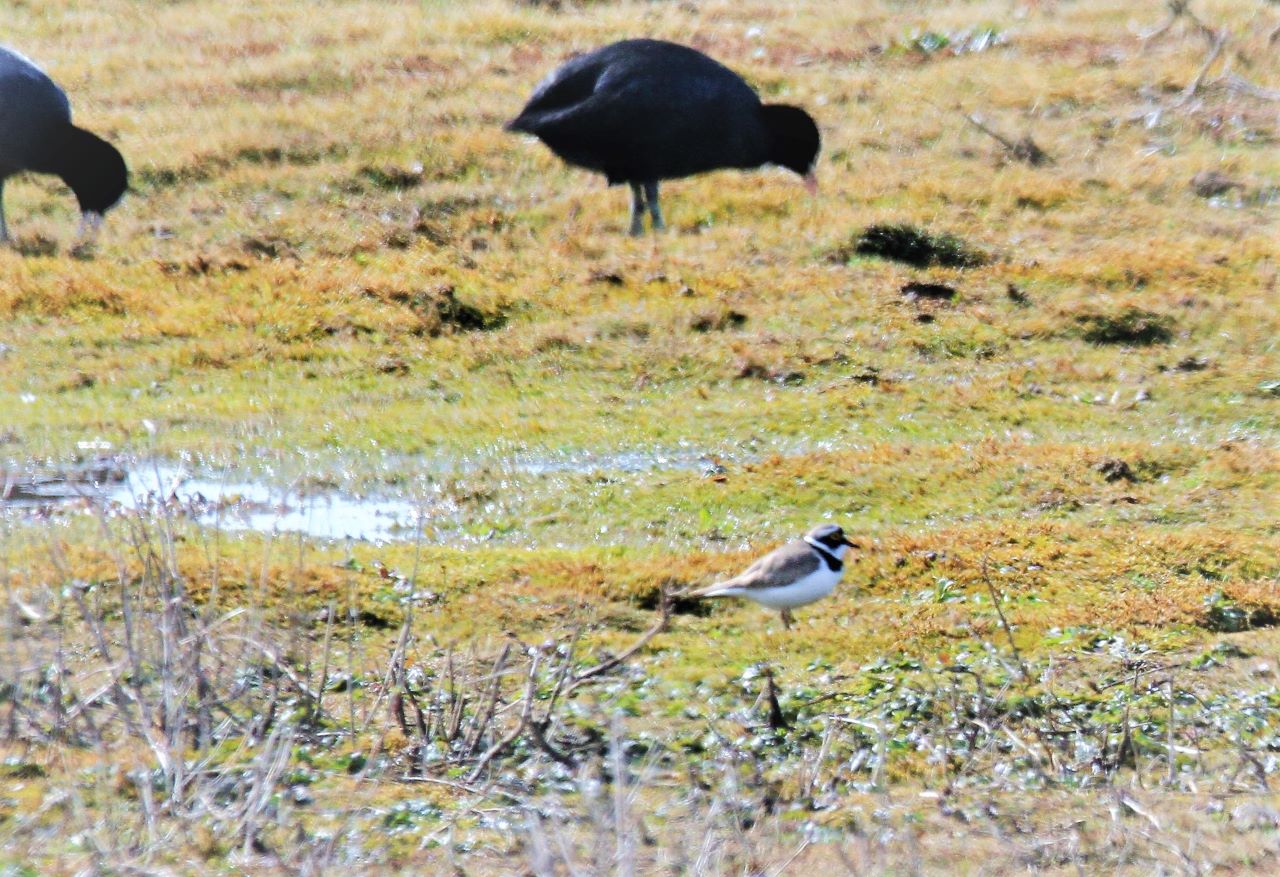

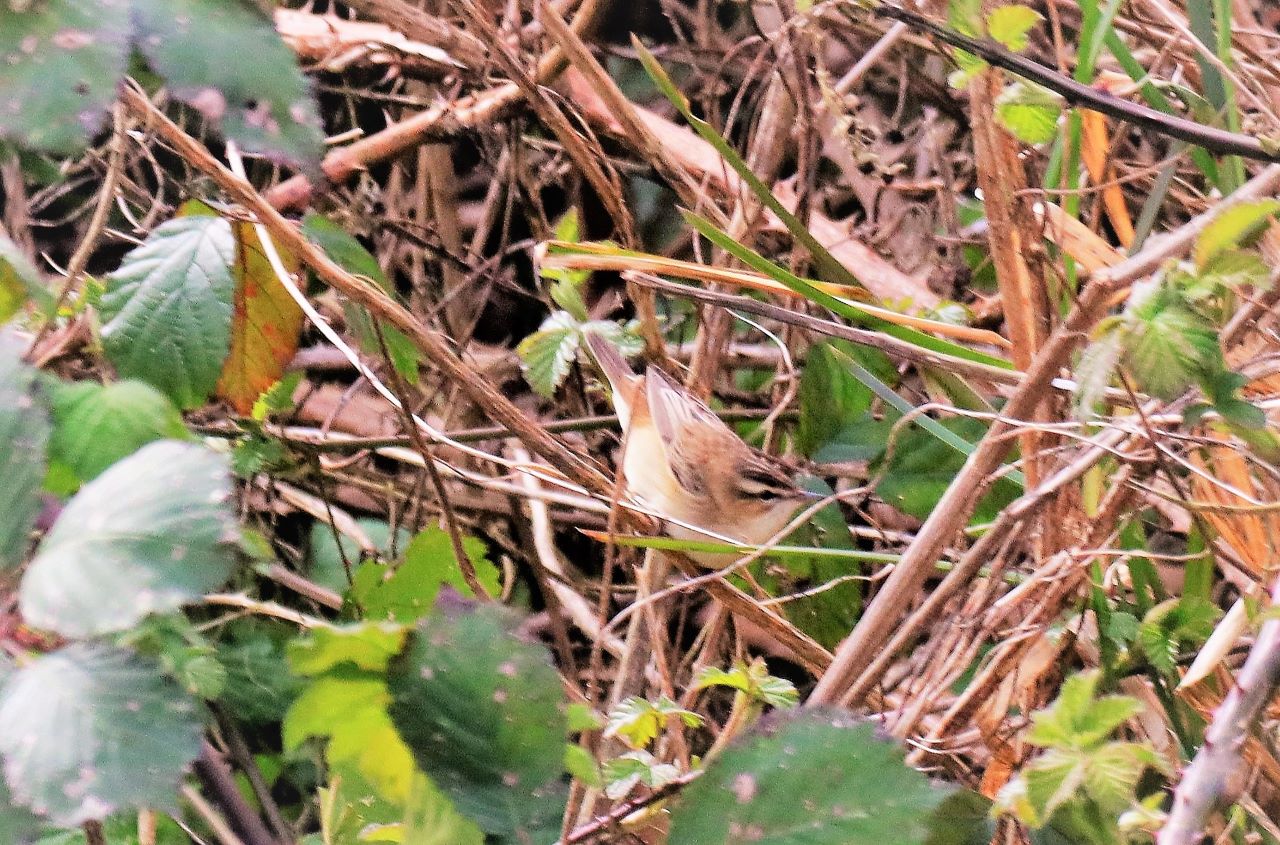
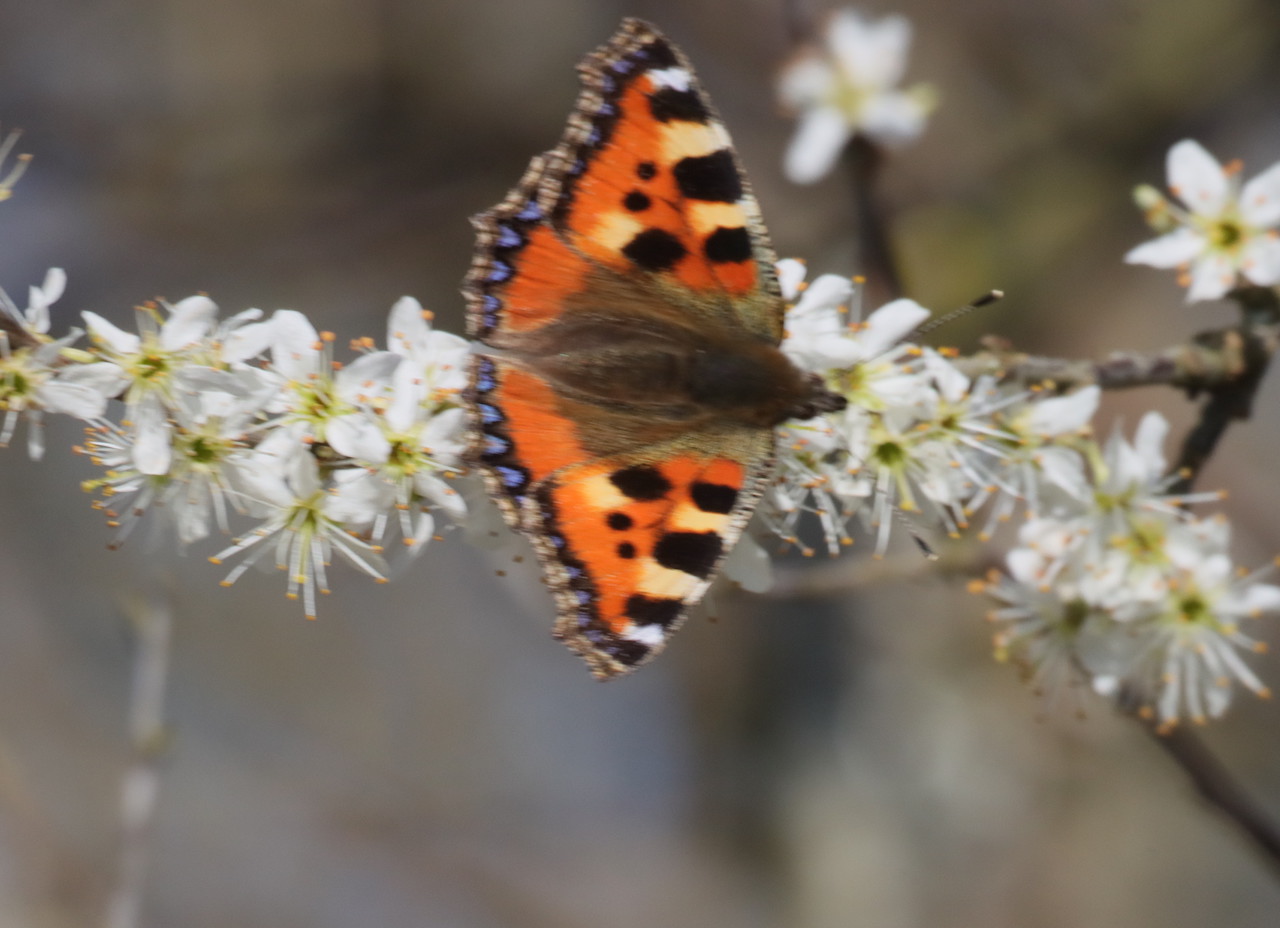
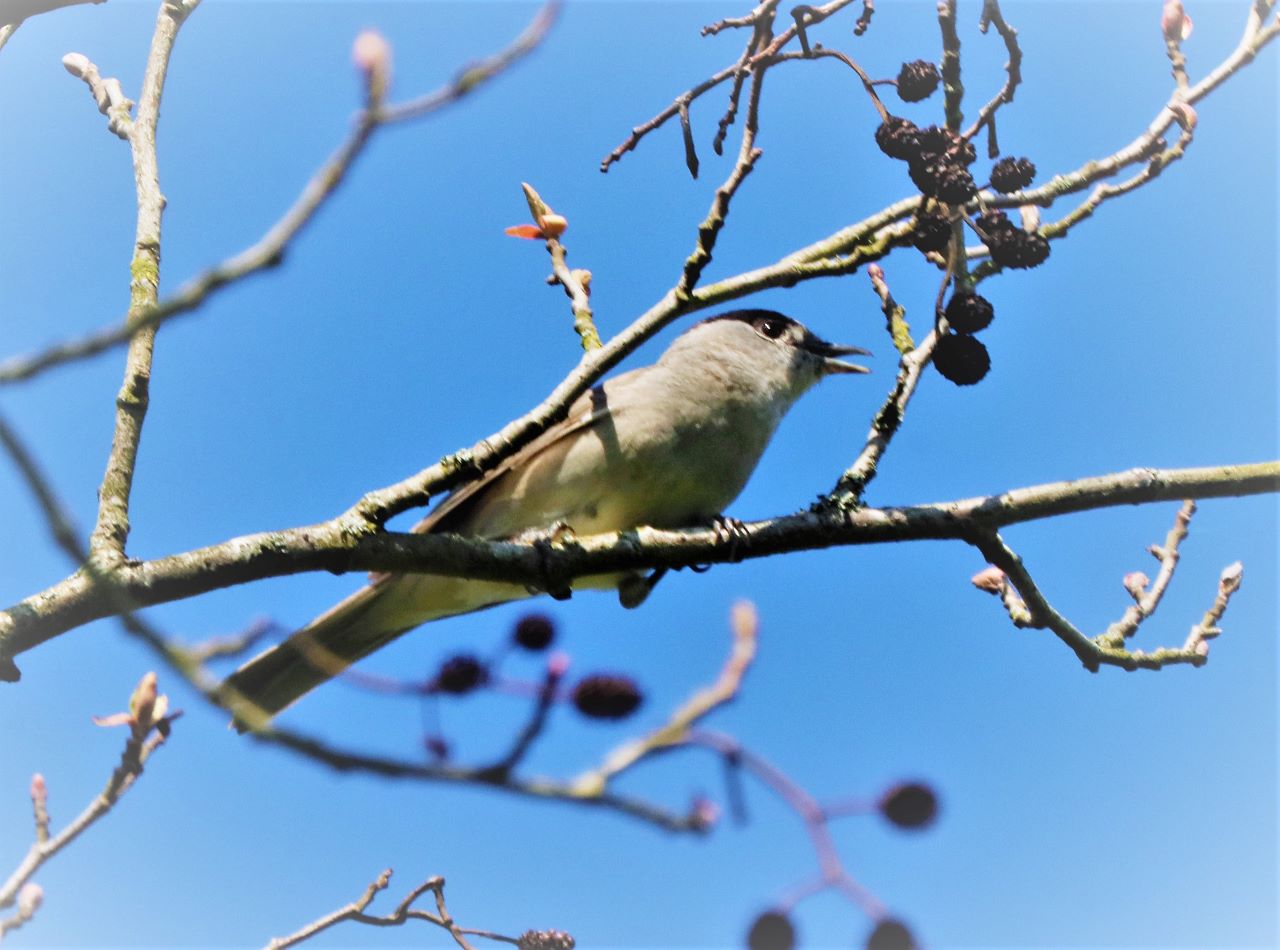
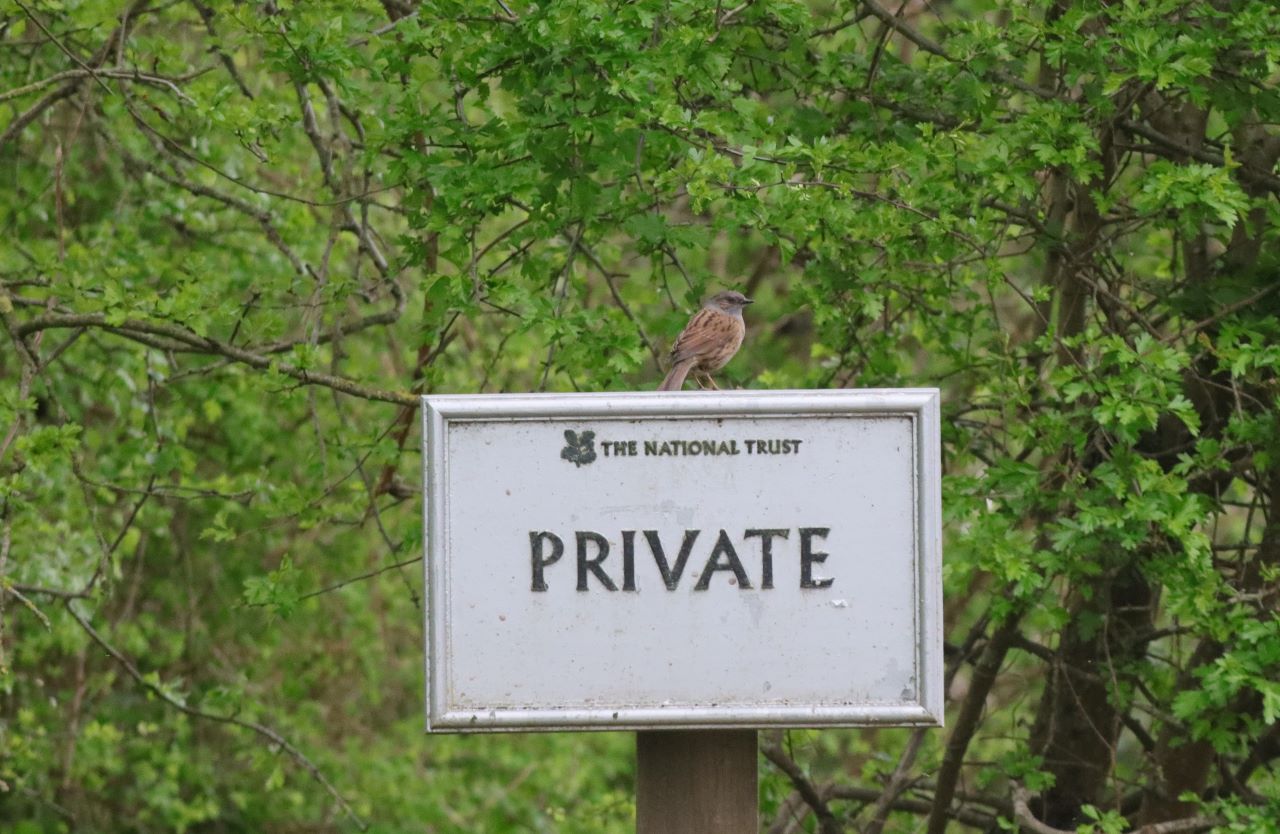

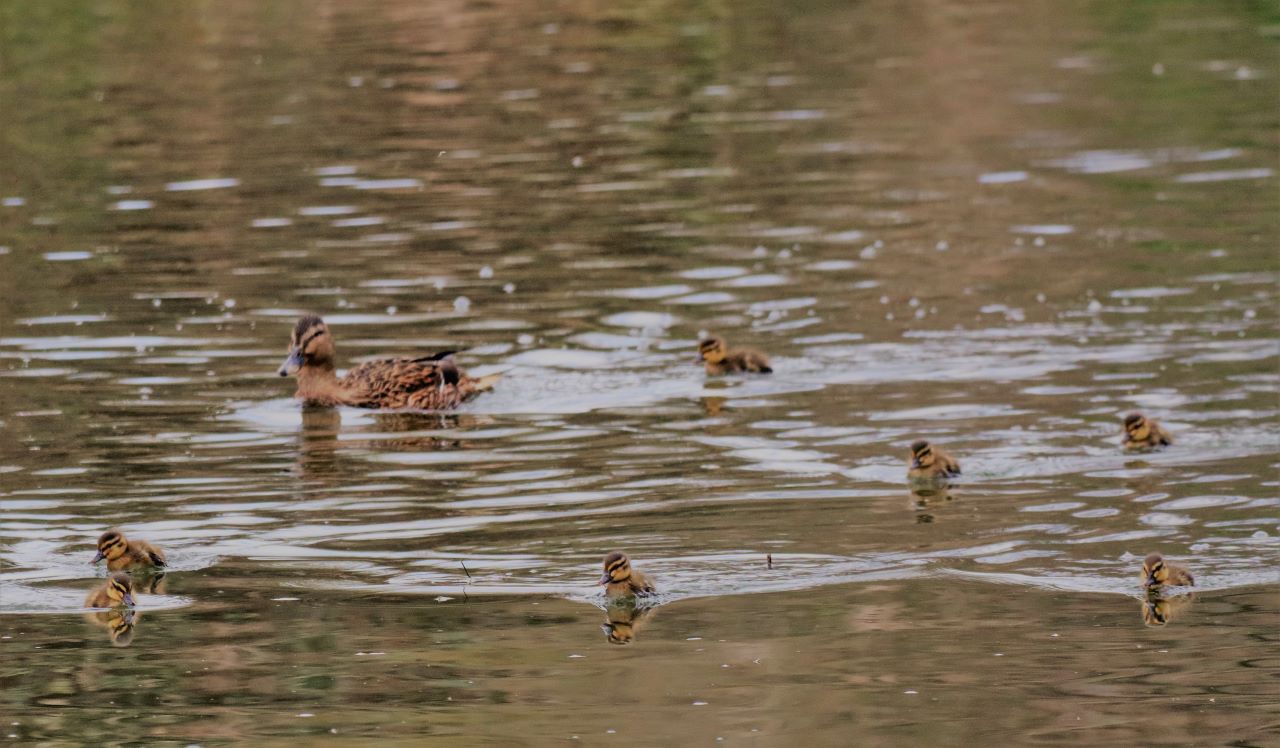
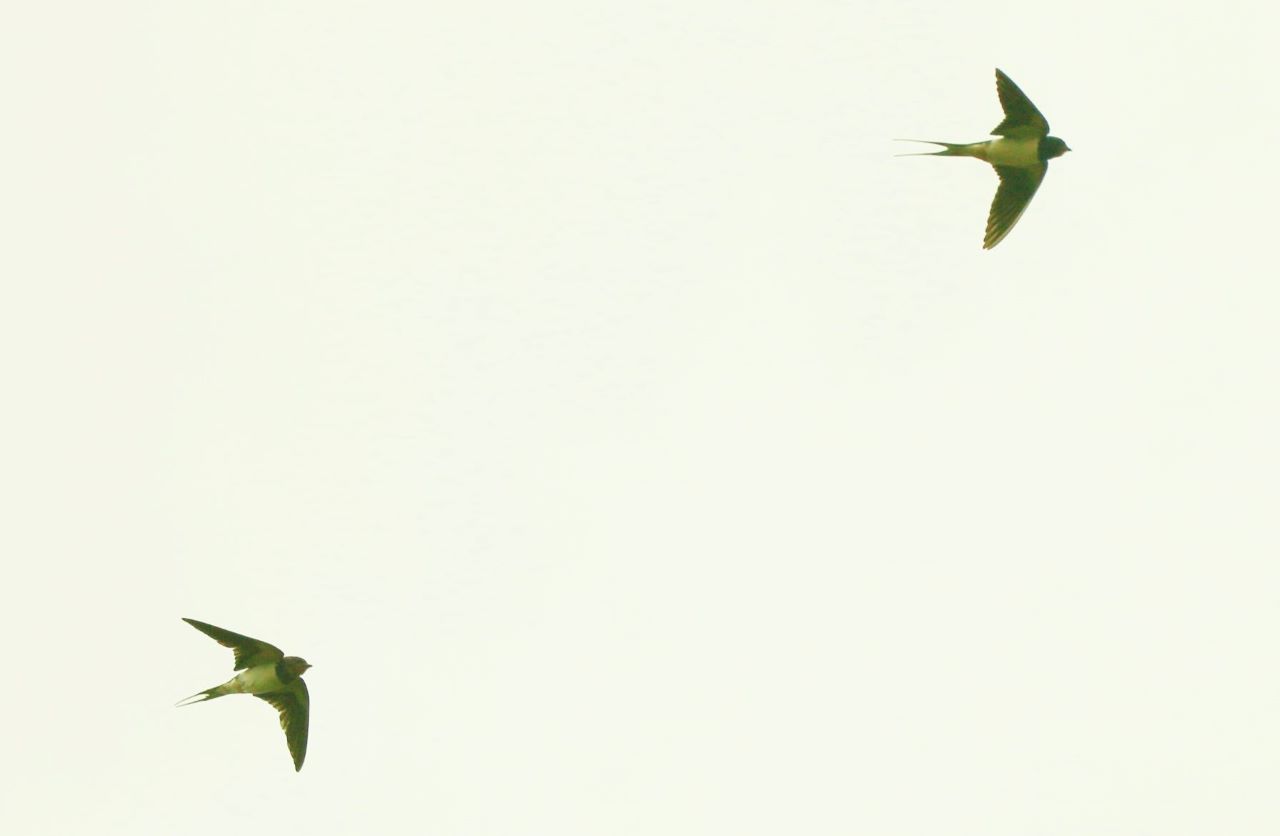
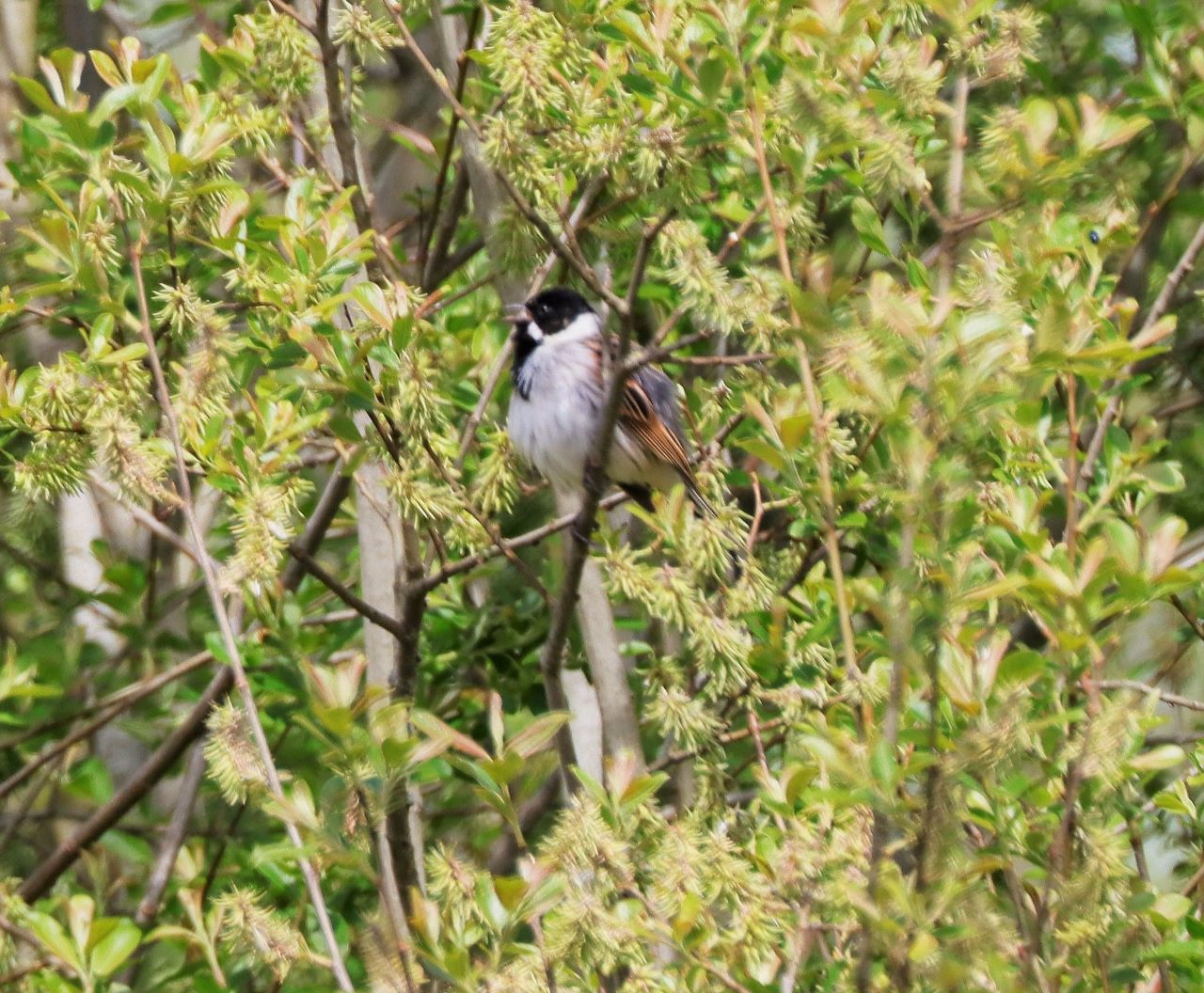
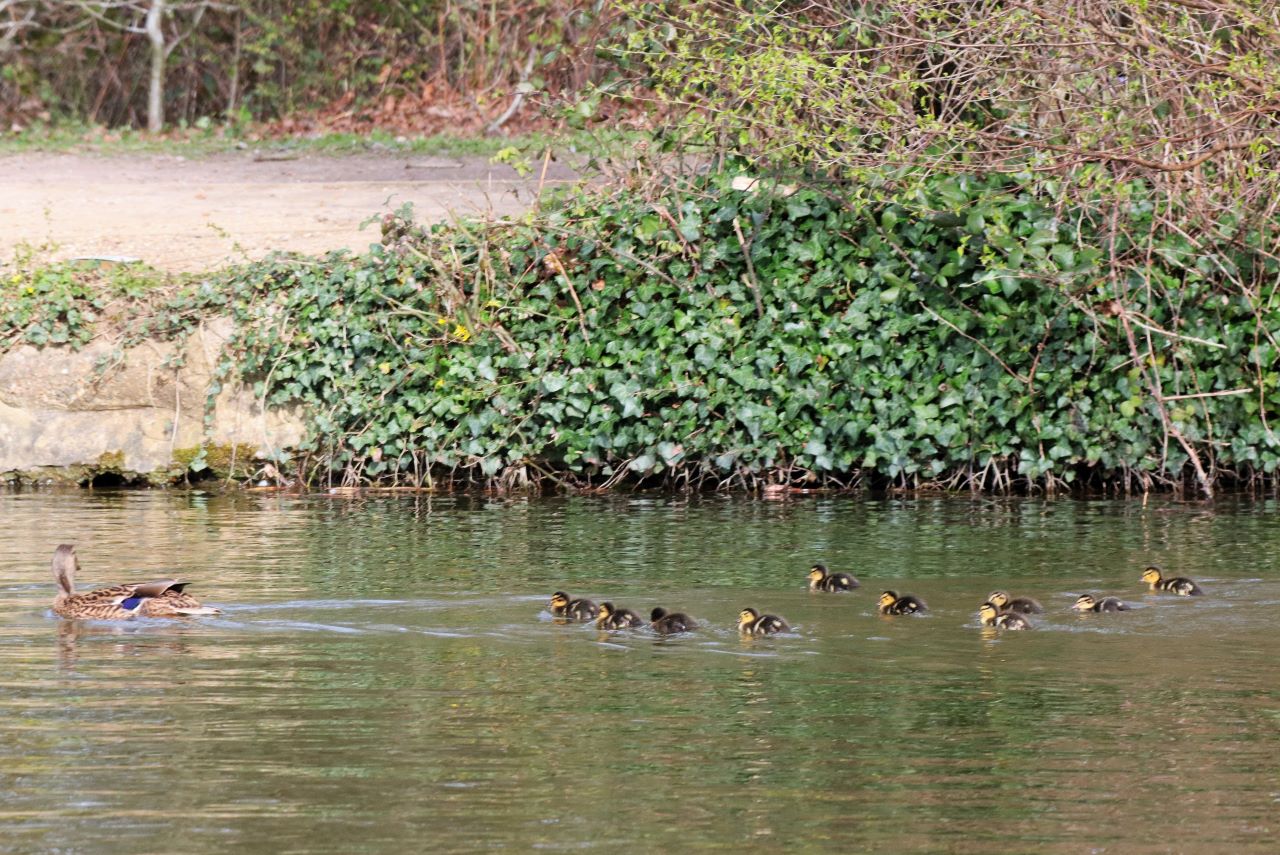
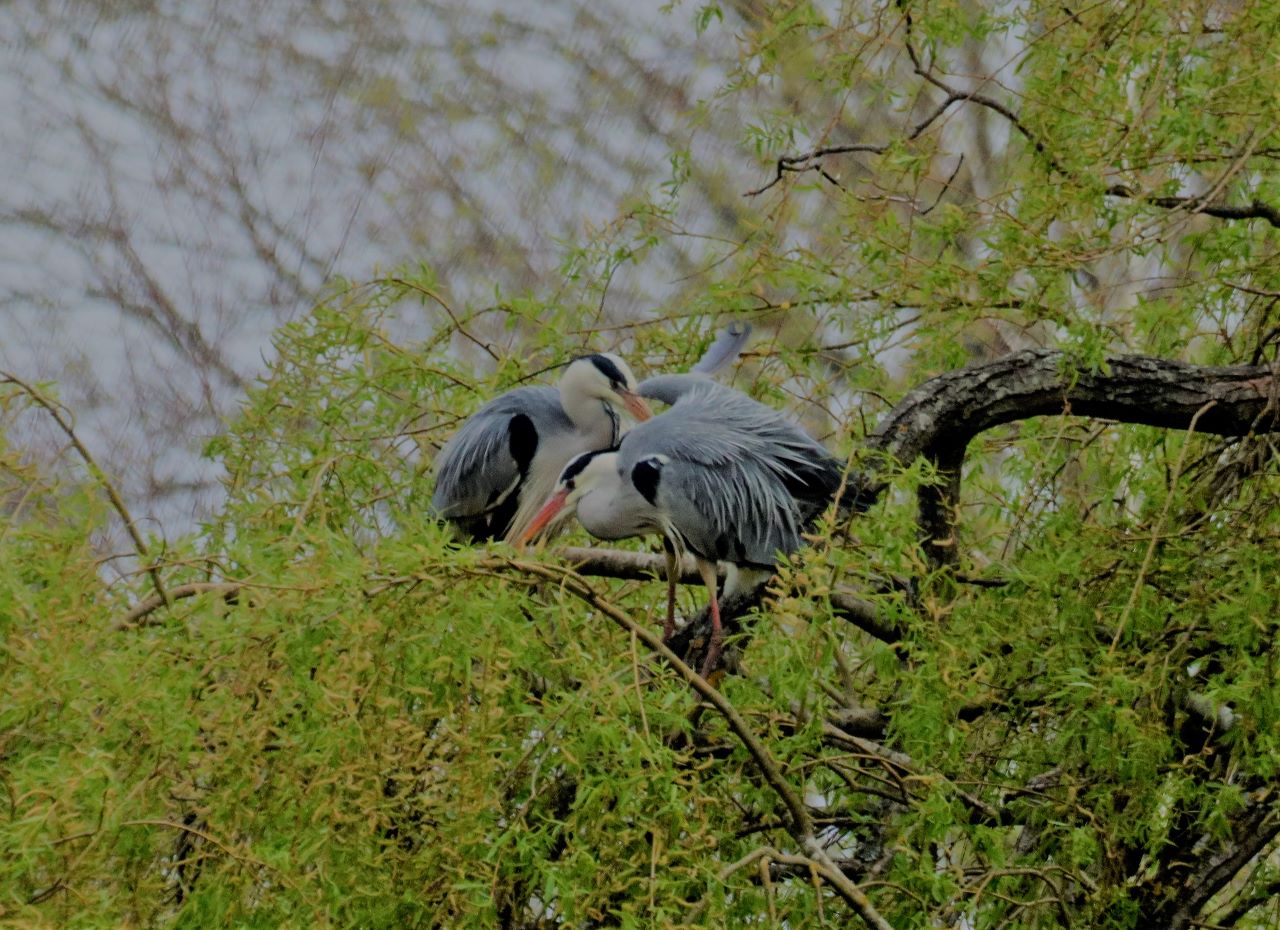
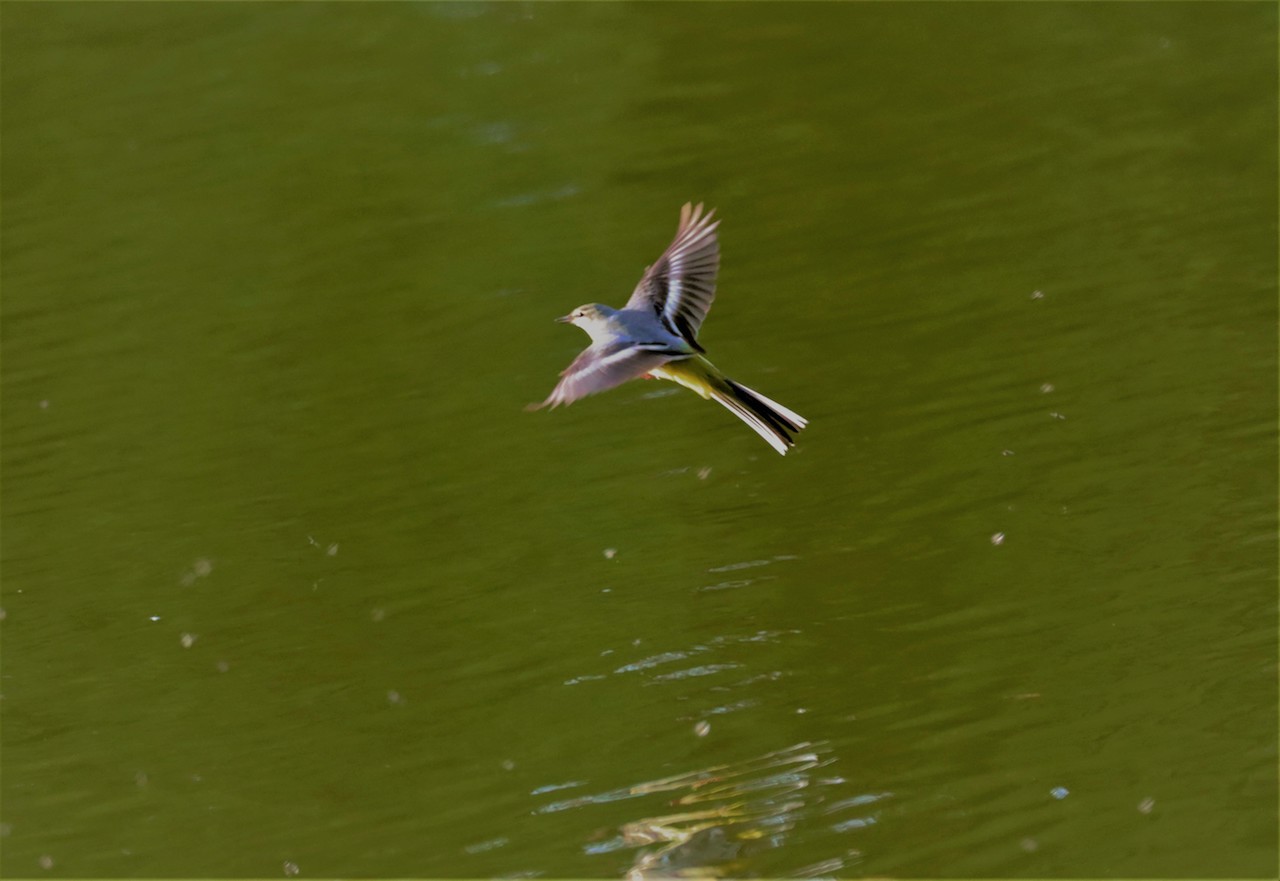
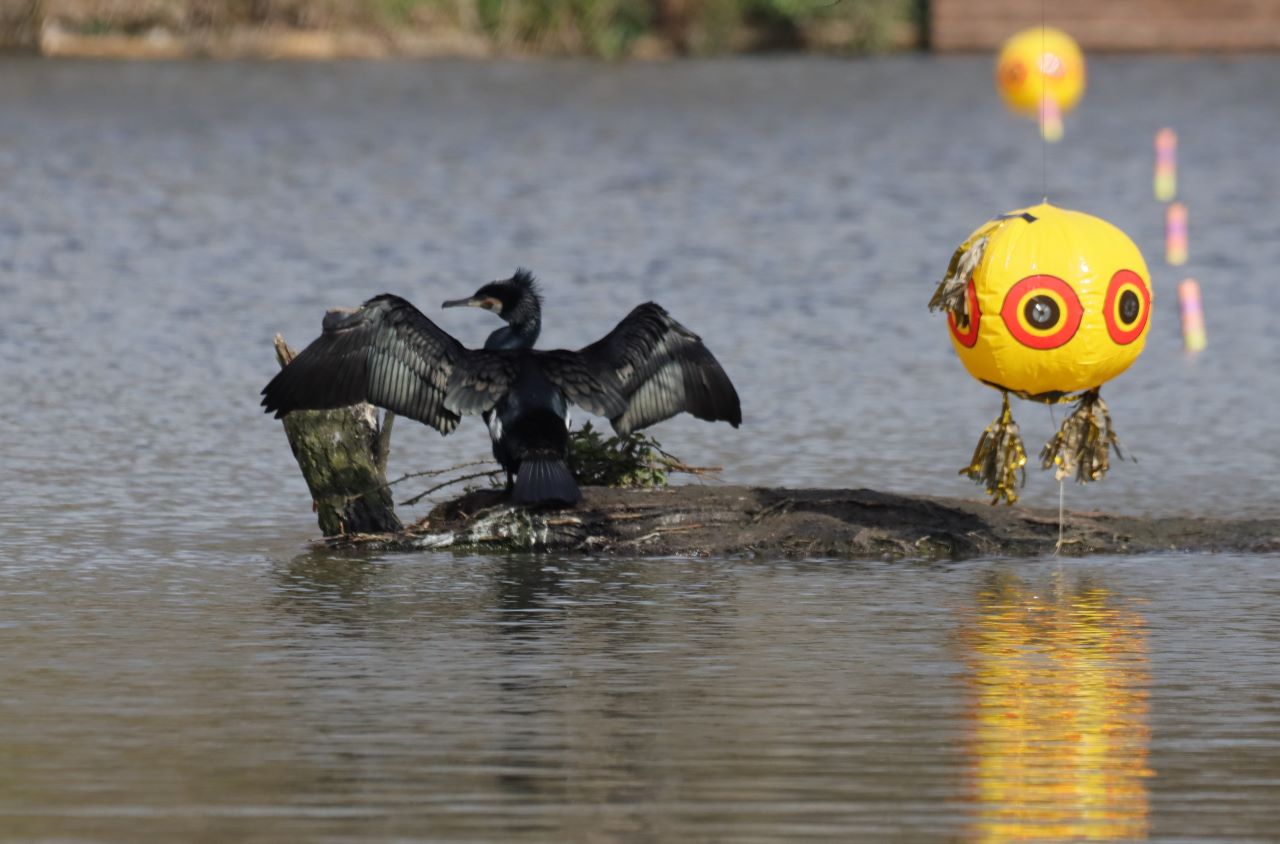


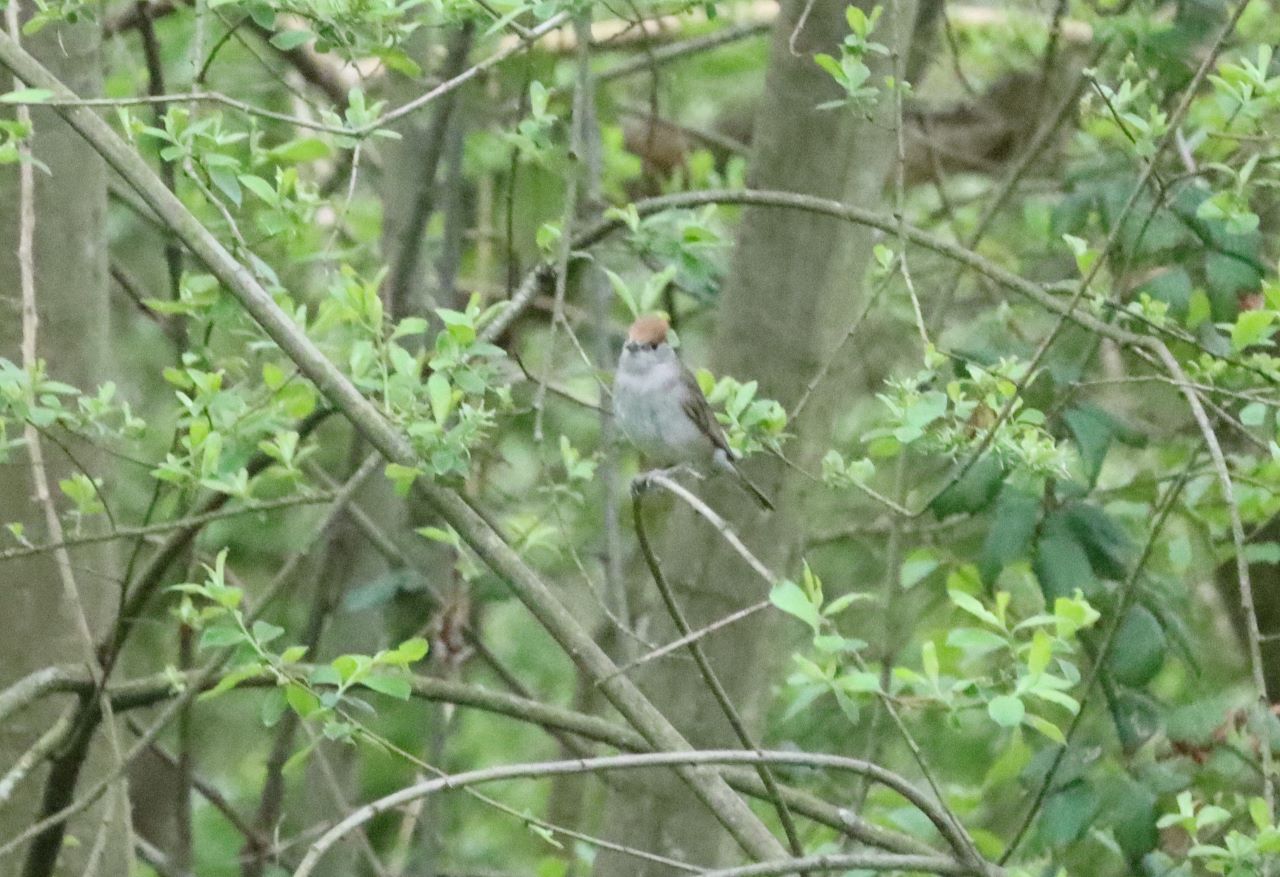


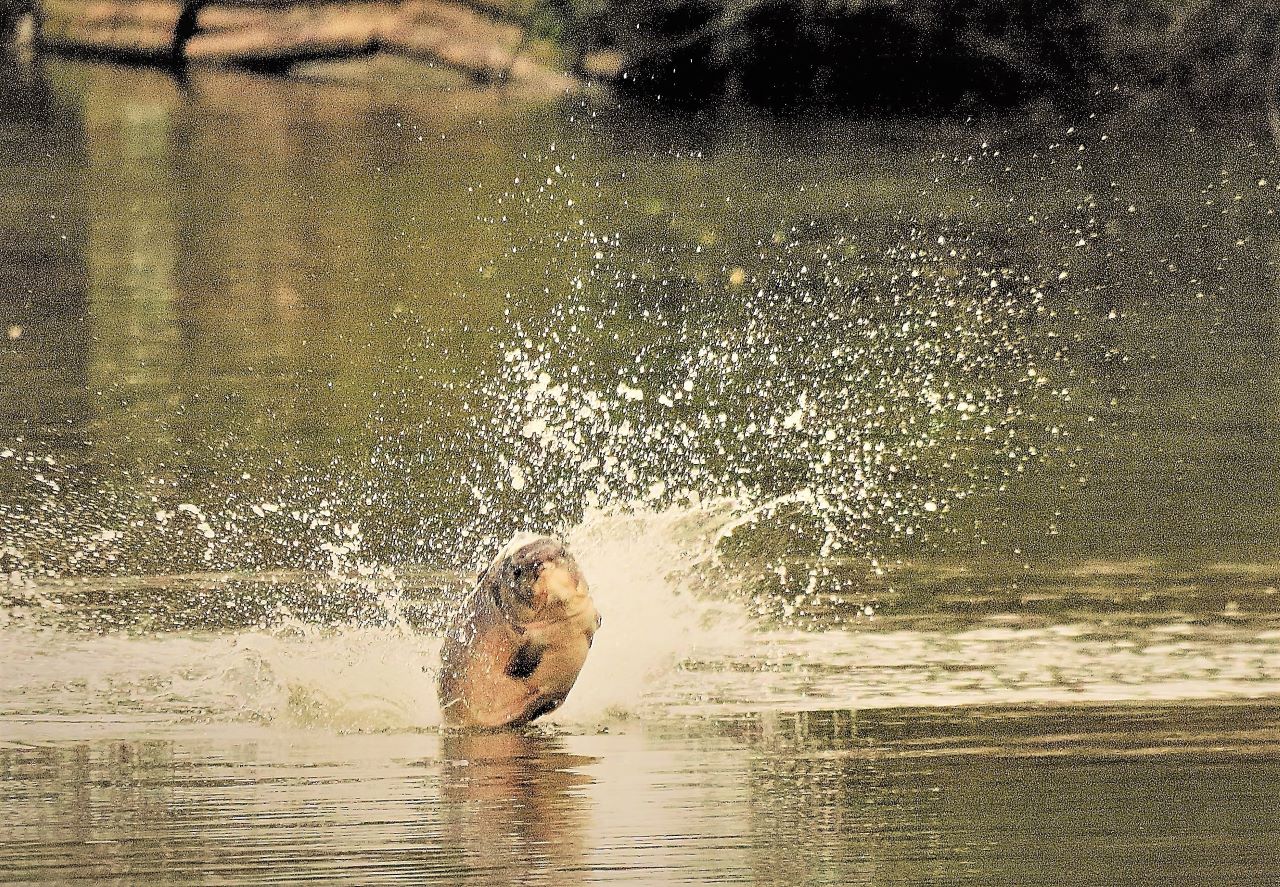
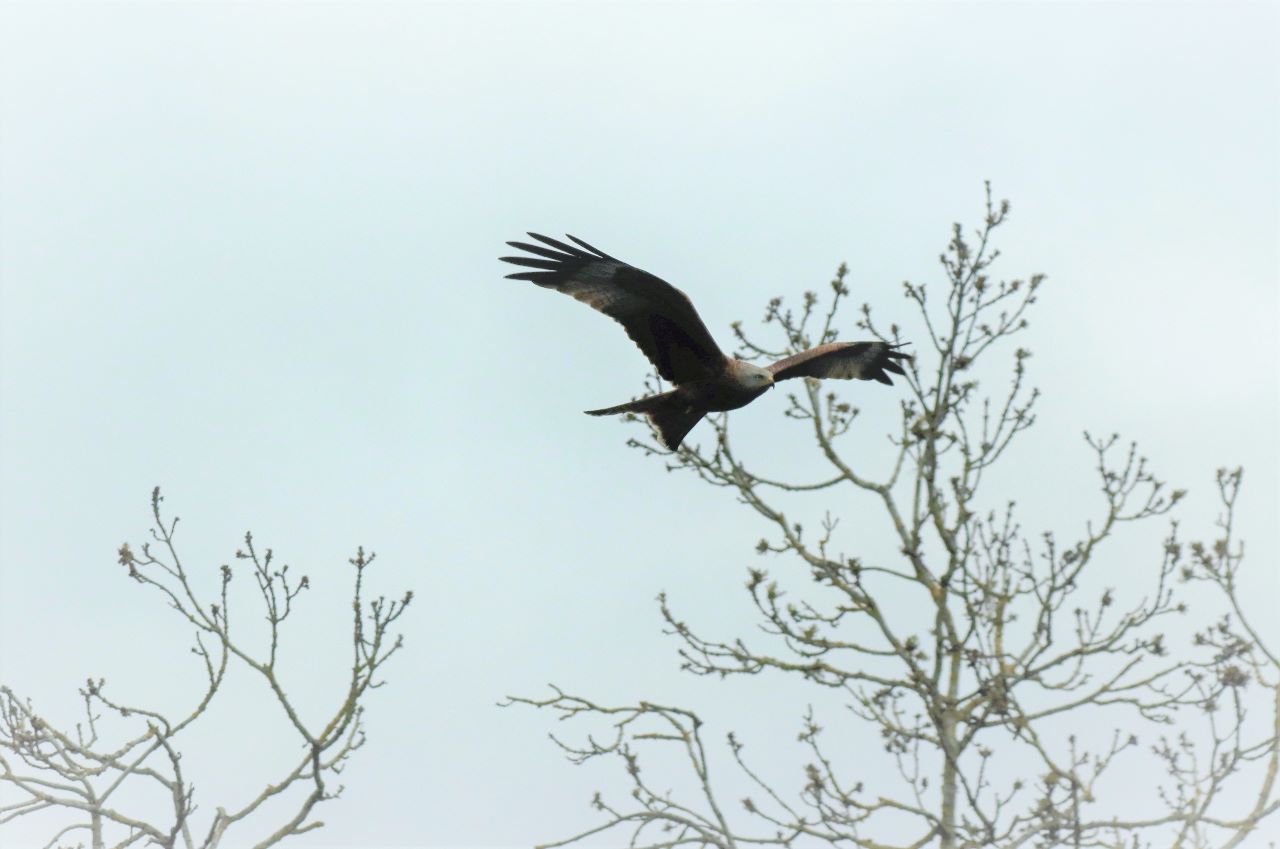


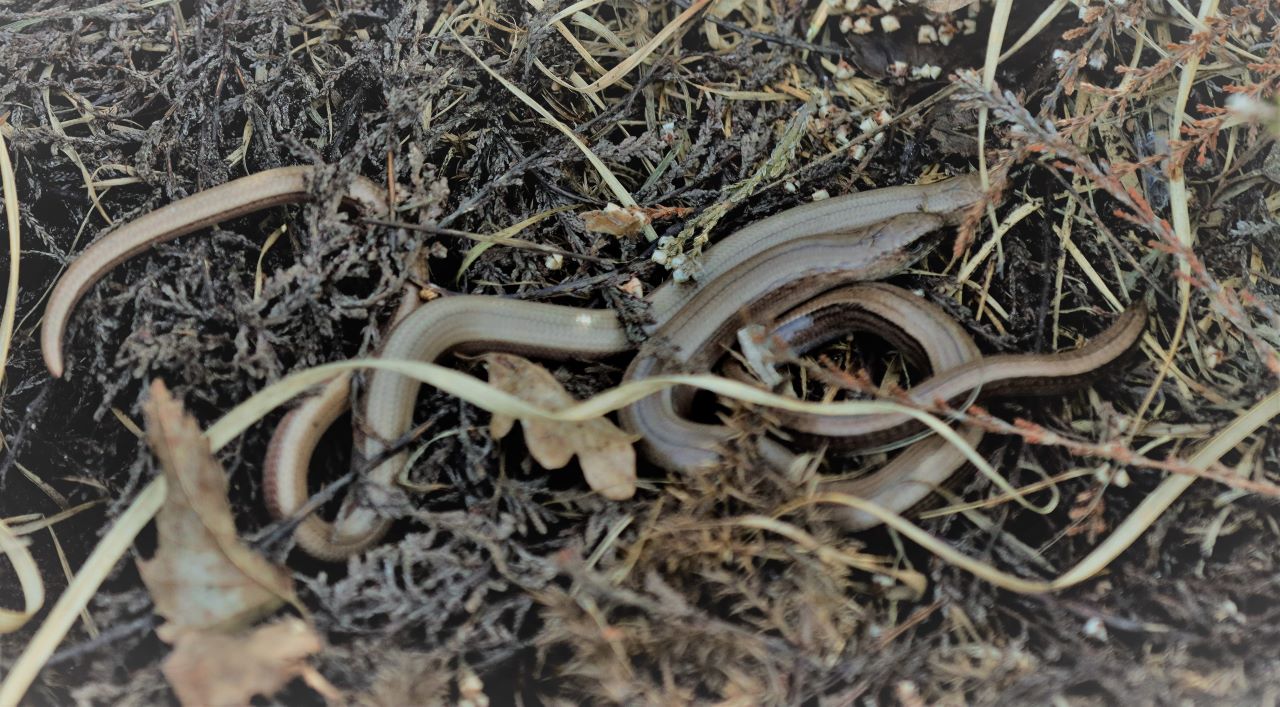
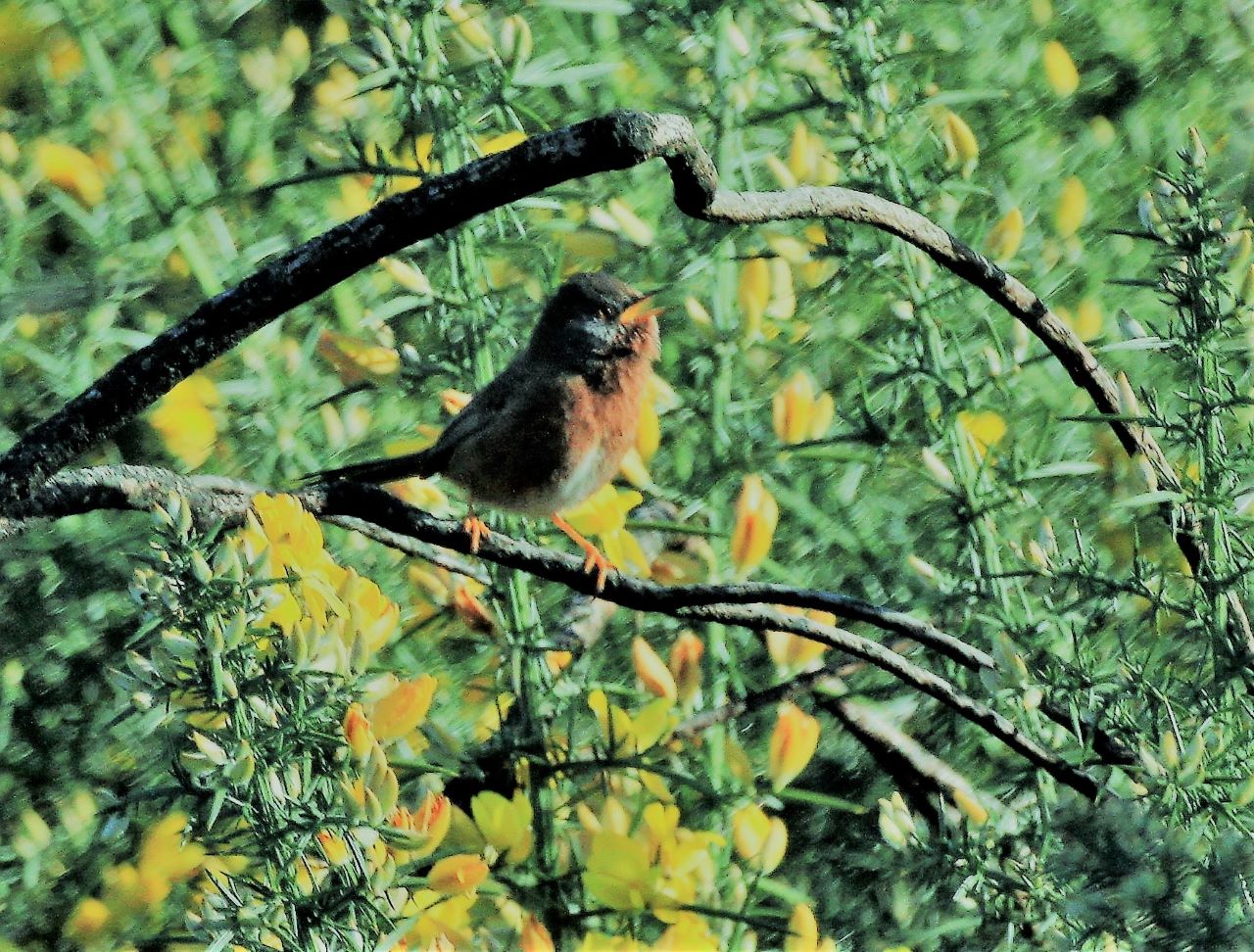

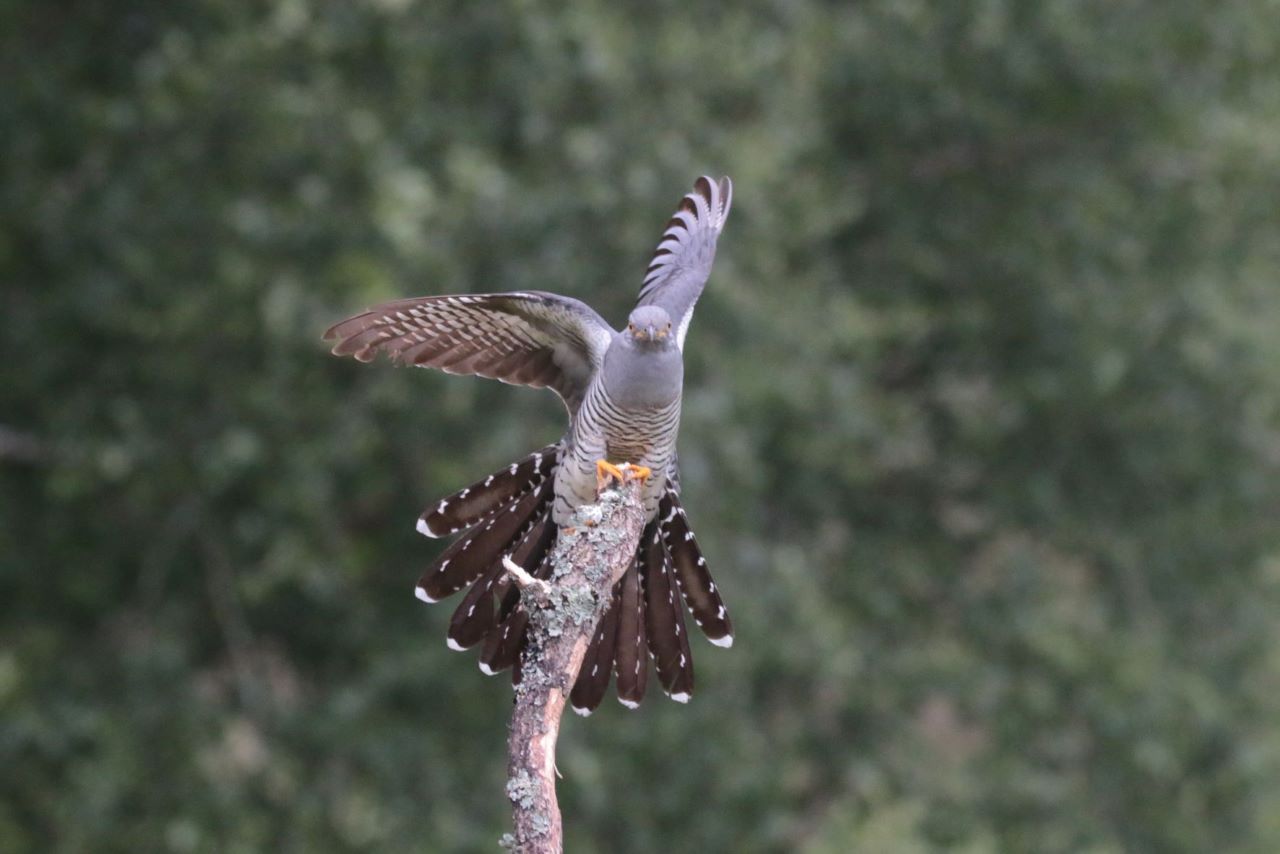
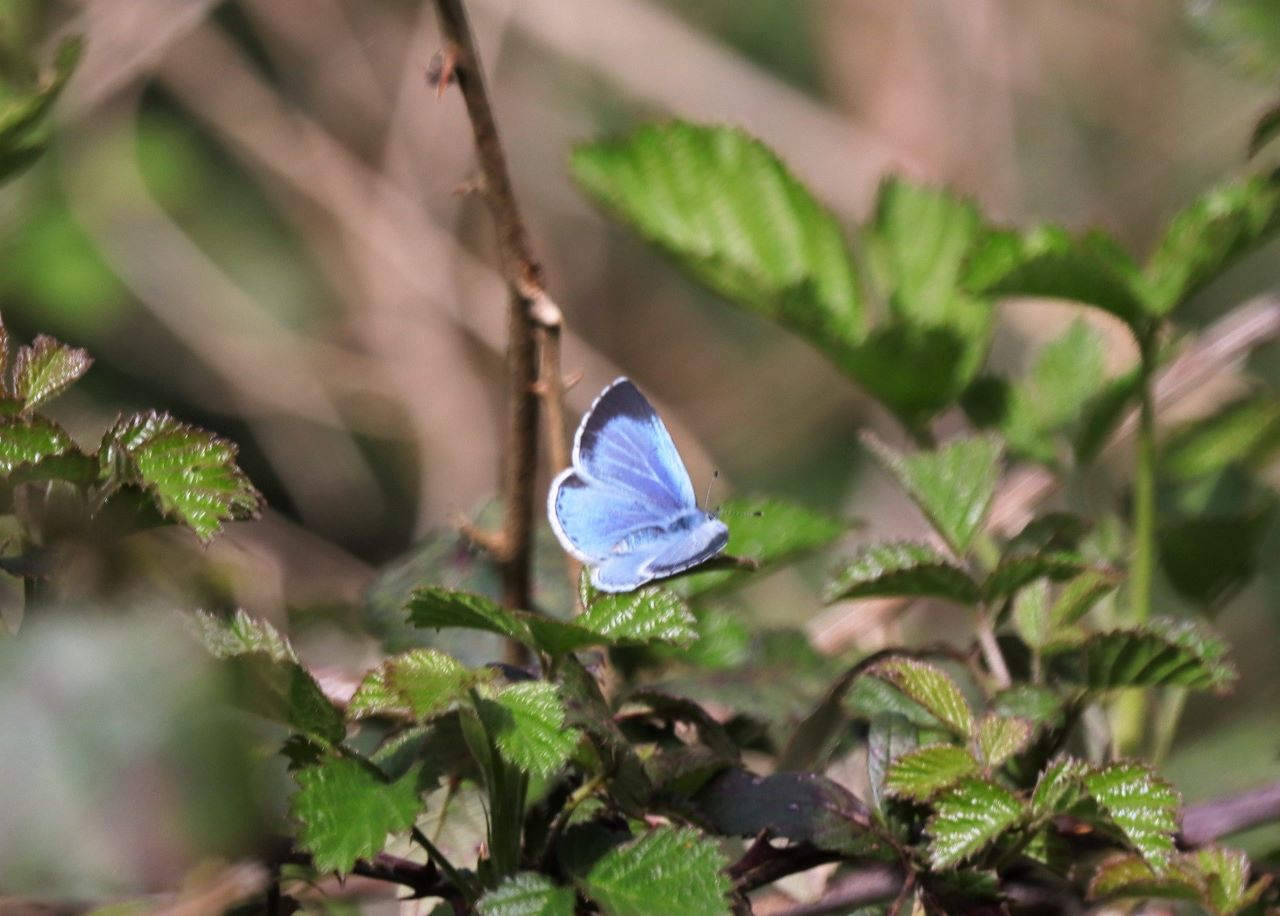
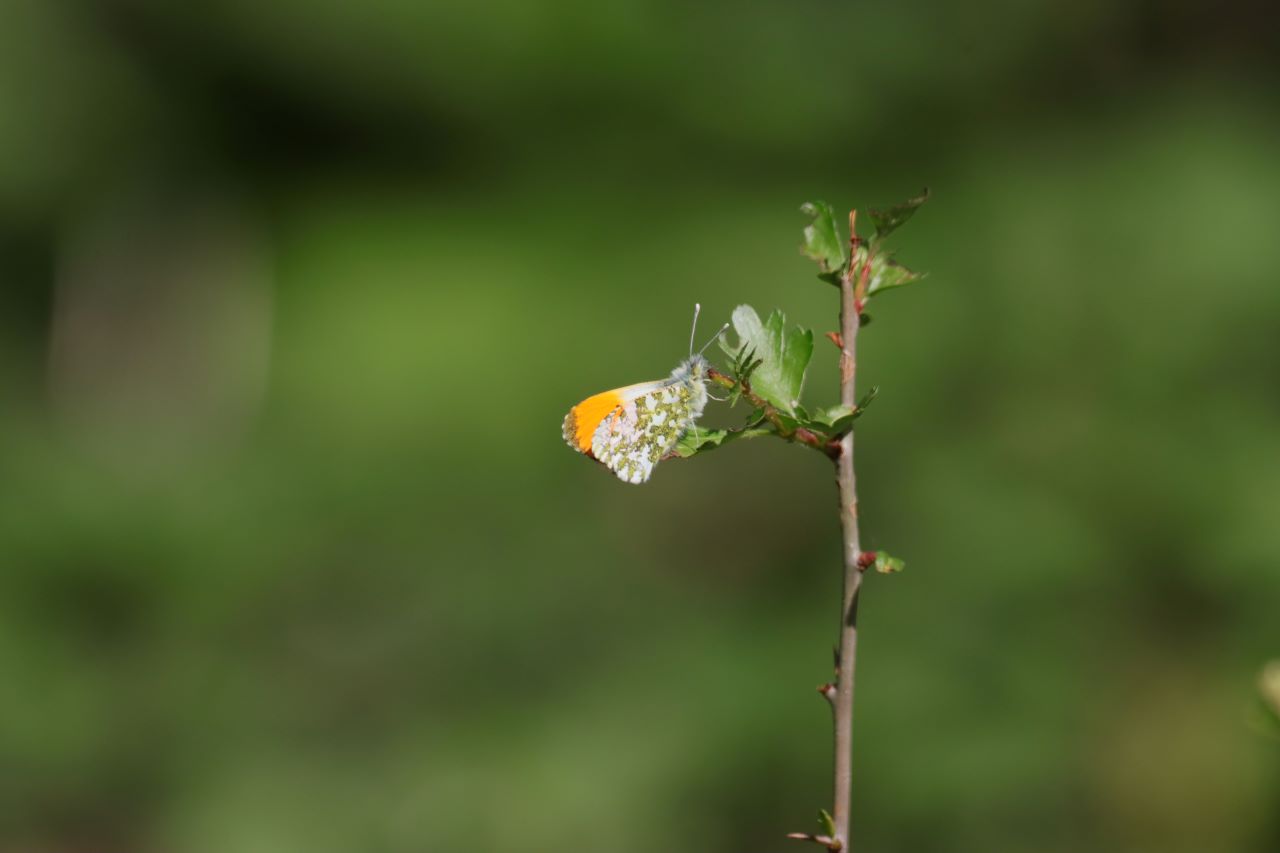
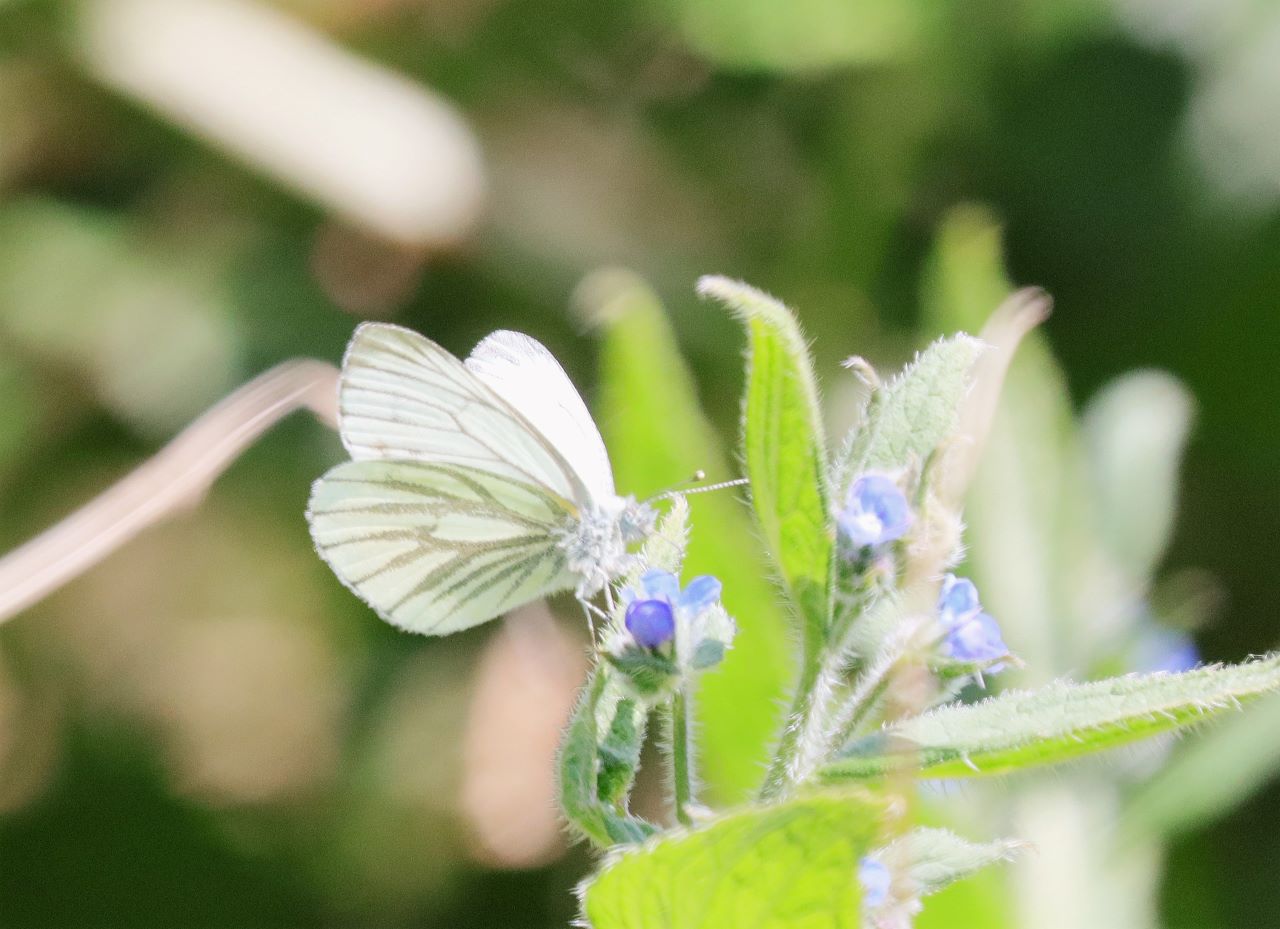
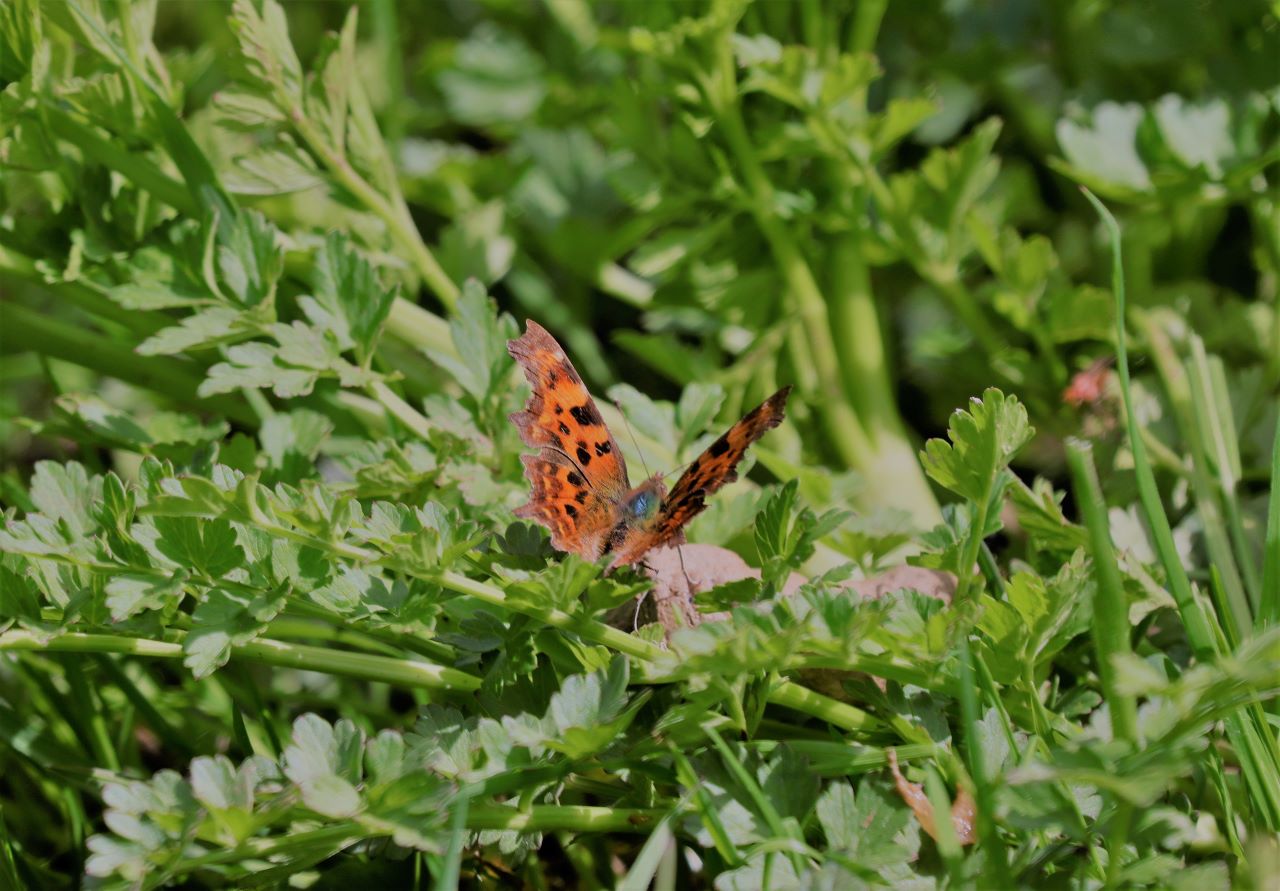


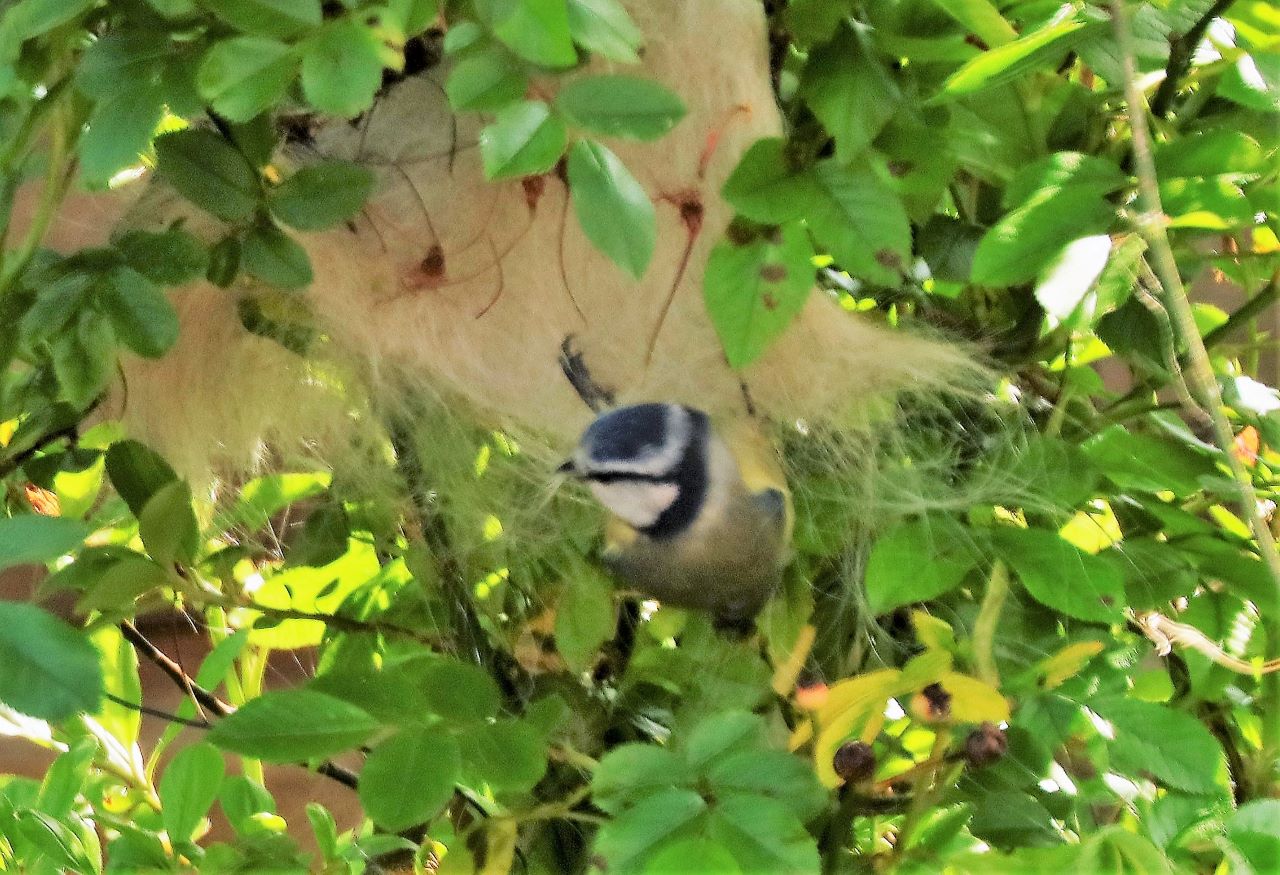



Recent Comments